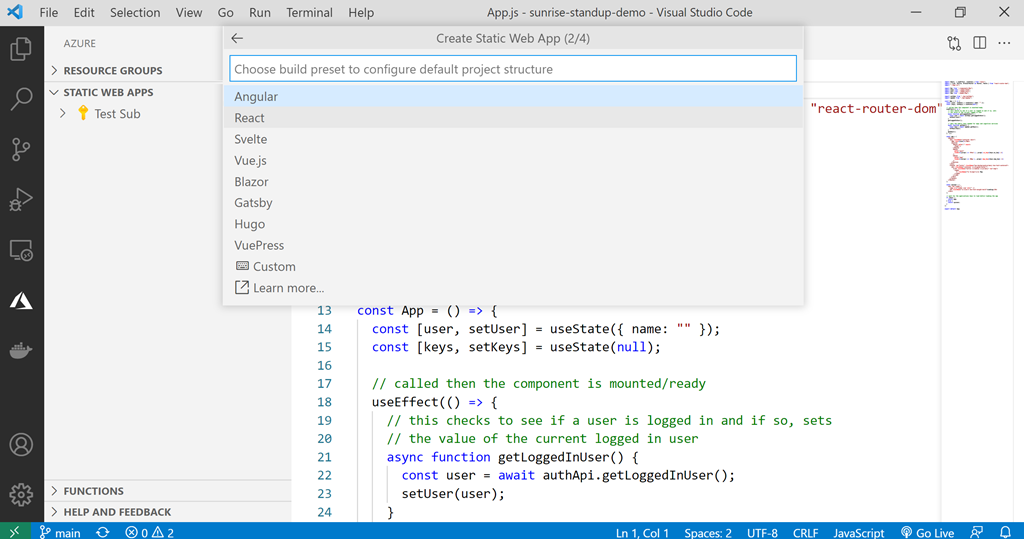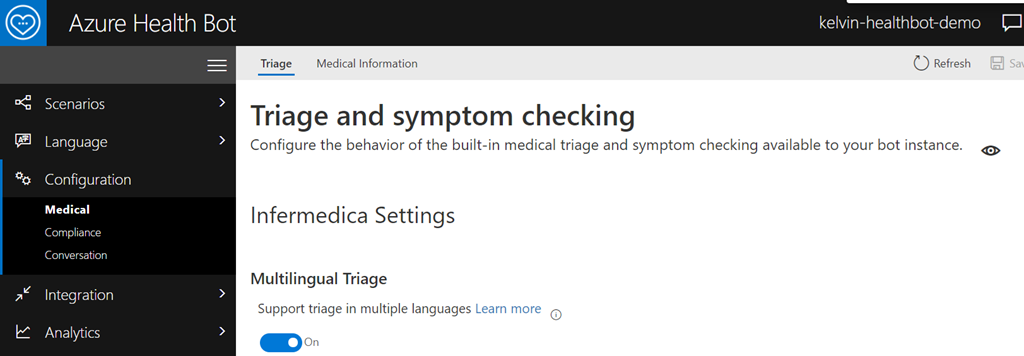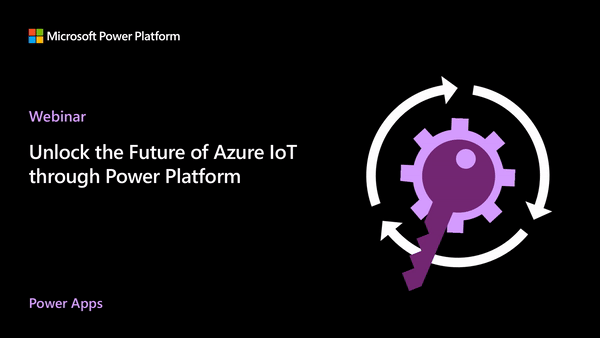18
May

Microsoft is participating in SUSECON Digital 2021 to bring the latest technical integrations and support to SUSE Linux users. In the three-day event, Microsoft will participate in several activities from keynotes and demo sessions to booths.
We will share the latest innovation that enables mission-critical SUSE workloads to migrate and operate in Azure during the event. We will cover the latest advancement of SAP on Azure with SUSE Linux Enterprise Server, enabling high-performance computing for specialized workloads, the latest feature updates with SQL on SUSE Linux Enterprise Server, running SUSE workloads in hybrid with Azure Arc, and automating management services with Azure Automanage.
On the main stage, Arpan Shah, our General Manager of Azure Infrastructure and Edge, will join Dr. Thomas Di Giacomo, Chief Technology and Product Officer of SUSE, for a keynote session, “Bridging mission-critical workloads across hybrid clouds with SUSE on Azure,” to discuss the latest innovations with SUSE. And we will also be featuring Kate Goldenring, our software engineer and contributor of Project Akri, in the edge world keynote to talk about the latest development of the connected edge with Kubernetes.
Bridge workloads across hybrid clouds
Here’s a preview of what you will hear from us:
In
12
May

Azure Static Web Apps was first announced in preview in May 2020 and today we are happy to announce the general availability of Azure Static Web Apps, including a free plan for easy product exploration and a standard plan for advanced capabilities supported by an enterprise Service Level Agreement (SLA). The Azure Static Web Apps hosting service aligns with the growing demand from consumers and businesses to establish a web presence with global reach and minimal effort.
Modern web app design patterns leverage microservices best practices for performance, agility, and extensibility. Azure Static Web Apps is a turnkey service for these modern full-stack web apps with pre-built and pre-rendered static front-ends, and serverless API backends. Develop with popular front-end frameworks or static site generators, quickly build and test your apps locally, and deploy with a simple check-in. This enables you to focus on your app, while Azure takes care of the deployment and infrastructure.
With Azure Static Web Apps you can take advantage of features designed for high productivity:
Globally distributed content for production apps Tailored CI/CD workflows from code to cloud Auto-provisioned preview environments Custom domain configuration and free SSL certificates Built-in access to a variety of
12
May

Azure Health Bot empowers developers in healthcare organizations to build and deploy artificial intelligence (AI)-powered, compliant, conversational healthcare experiences at scale. It combines built-in medical intelligence with natural language capabilities to understand clinical terminology and can be easily customized to support clinical and operational use cases. The service enables healthcare organizations to comply with industry requirements, including HIPAA and HITRUST. For example, Trinity Health, one of the largest healthcare systems in the U.S., caring for more than 30 million people across 22 states, has effectively utilized Azure Health Bot to make it easier for patients to quickly connect to the care they need.
Today, we are bringing Azure Health Bot to eight new regions:
West U.S. 2 East U.S. 2 South Central U.S. UK South North Europe Southeast Asia Australia East India Central
In response to the surge of COVID-19 cases in India, we are also adding India Central to support the pandemic response efforts in the region. In addition to East U.S. and West Europe, these new regions bring the general availability of Azure Health Bot to a total of 10 regions across three continents.
Our customers have been using Azure Health Bot to drive engagement
10
May

In 2021, each month there will be a monthly blog covering the webinar of the month for the low-code application development (LCAD) on Azure solution. LCAD on Azure is a solution to demonstrate the robust development capabilities of integrating low-code Microsoft Power Apps and the Azure products you may be familiar with.
This month’s webinar is “Unlock the Future of Azure IoT through Power Platform.” In this blog, I will briefly recap LCAD on Azure, provide an overview of IoT on Azure and Azure Functions, how to pull an Azure Function into Microsoft Power Automate, and how to integrate your Power Automate flow into Power Apps.
What is LCAD on Azure?
LCAD on Azure was created to help developers build business applications faster with less code. Utilizing Microsoft Power Platform, and more specifically Power Apps, helps developers scale and extend their Power Apps with Azure services. For example, a pro developer who works for a manufacturing company would need to build a line-of-business (LOB) application to help warehouse employees track incoming inventory. That application would take months to build, test, and deploy. Using Power Apps, it can take only hours to build—saving time and resources.
However, say the warehouse
04
Mar
In response to the global health and macroeconomic crisis that began last year, customers have been accelerating their digital transformation efforts at an unprecedented pace to help bolster organizational resilience. They have depended on the cloud to not only helpRead More
04
Mar
In response to the global health and macroeconomic crisis that began last year, customers have been accelerating their digital transformation efforts at an unprecedented pace to help bolster organizational resilience. They have depended on the cloud to not only helpRead More
03
Mar
Becoming world class at developing software is a more strategic imperative for companies across industries than ever before. While we have seen developer teams in many organizations around the world building amazing customer-facing and internal line-of-business applications for years, overRead More